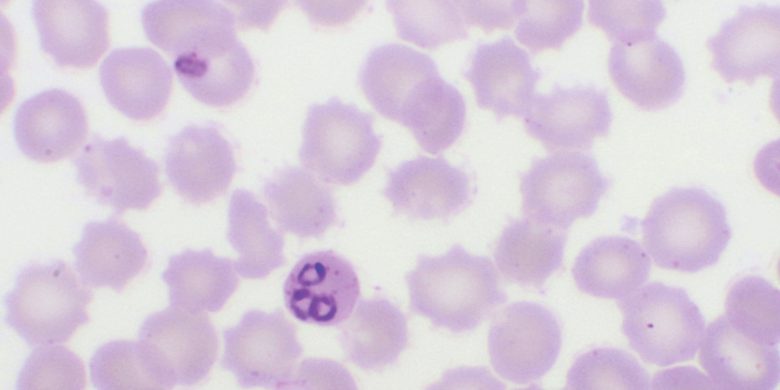
There are found all over the world. Lichens grow slowly on bare rock or tree trunks, and so are often overlooked by scientists, but if studied closely they can fascinate both biologists and chemists alike. They may provide us with a source of potentially useful drug molecules, and chemistry can be the key that unlocks some of the secrets surrounding the ecology of certain lichens and the animals that feed on them. are around 20 000 different types of lichens, which
Over millions of years a mutually beneficial relationship has developed between some species of fungi and plants. Such relationships are referred to as symbiotic and lichens are an excellent example of this. A lichen consists of a sandwich of fungal cells enveloping either algal or cyanobacterial cells. The fungus holds the lichen firmly onto the surface on which it is growing and provides the algal cells with water (from the atmosphere) and minerals (from the substrate on which it is growing), while the algae provides the fungus with nutrients produced by photosynthesis. This partnership allows lichens to grow in harsh environments, at low temperatures and in low light conditions. In habitats where the amount of available nutrients is limited, lichens may become the dominant flora, providing an important source of food for herbivores. For example, in the northern hemisphere reindeer graze on lichen known as reindeer moss.
Your organisation does not have access to this article.
Sign up today to give your students the edge they need to achieve their best grades with subject expertise
Subscribe




